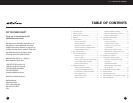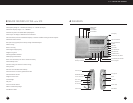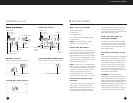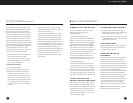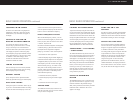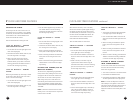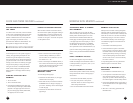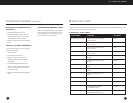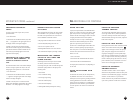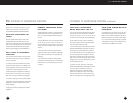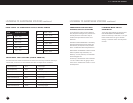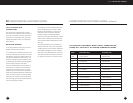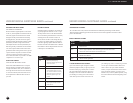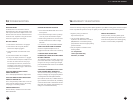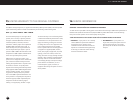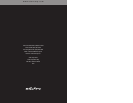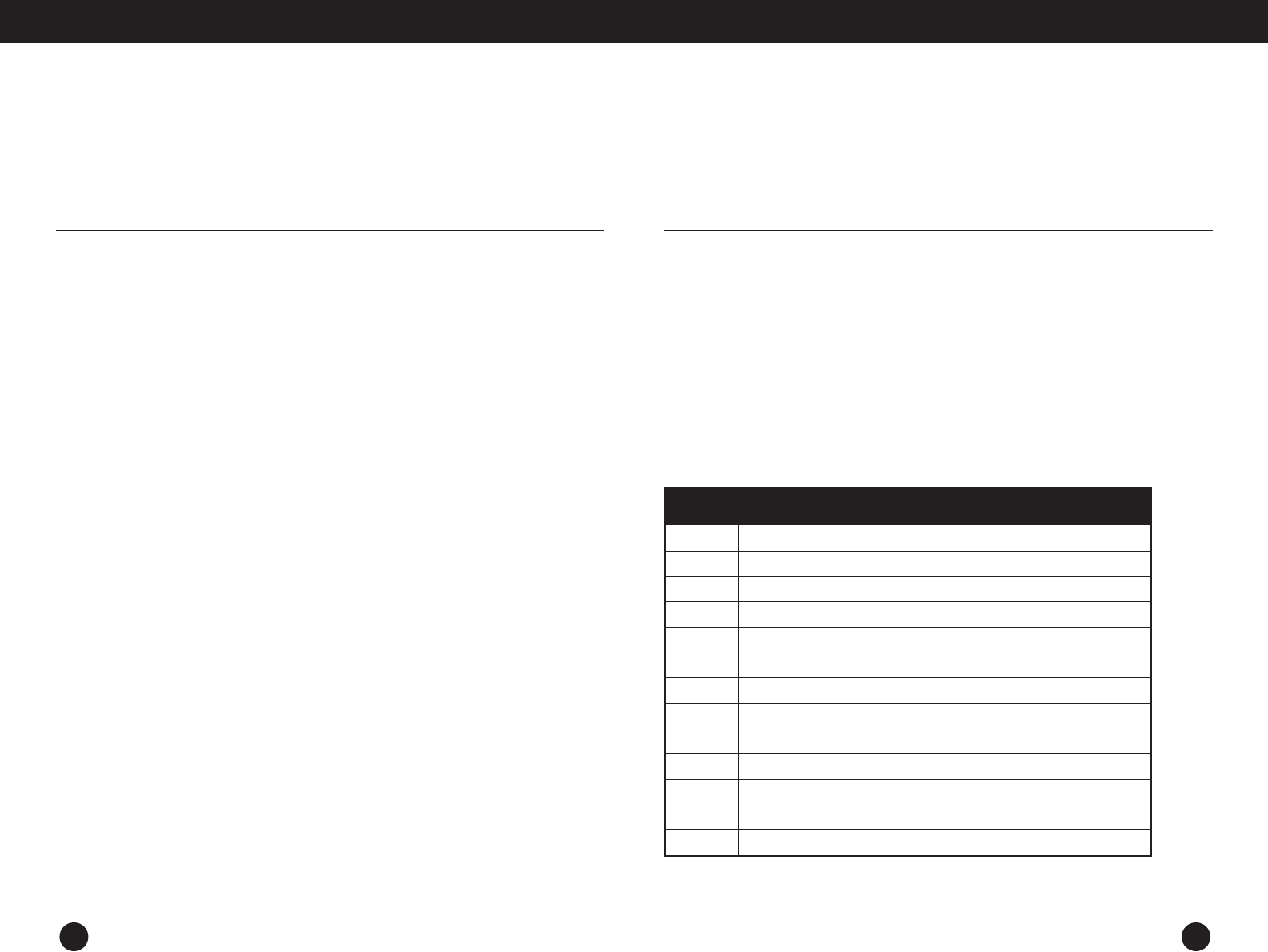
E10 OPERATION MANUAL
2524
UNDERSTANDING SHORTWAVE BANDS continued
THE GENERAL SHORTWAVE BAND CHART, SHOWN BELOW,
SHOWS ALL OFFICIALLY ALLOCATED SHORTWAVE BANDS.
120m
90m
75m
60m
49m
41m
31m
25m
22m
19m
16m
13m
11m
2.300-2.500MHz
3.20-3.40 MHz
3.90-4.00 MHz
4.750-5.060 MHz
5.950-6.20 MHz
7.10-7.60 MHz
9.20-9.90 MHz
11.600-12.200 MHz
13.570-13.870 MHz
15.10-15.80 MHz
17.480-17.90 MHz
21.450-21.850 MHz
25.60-26.10 MHz
2300-2500 KHz
3200-3400 KHz
3900-4000 KHz
4750-5060 KHz
5950-6200 KHz
7100-7600 KHz
9200-9900 KHz
11600-12100 KHz
13570-13870 KHz
15100-15800 KHz
17480-17900 KHz
21450-21850 KHz
25600-26100 KHz
BAND MEGAHERTZ (MHz) KILOHERTZ (KHz)
12 UNDERSTANDING SHORTWAVE BANDS
THE KEY TO ENJOYING YOUR
SHORTWAVE RADIO
Now that you have a shortwave radio, no doubt
you’ll want to hear worldwide stations right away. If
you’re new to shortwave, please take some time to
learn the basics outlined below. Even if you are an
experienced shortwave listener, you may find this a
useful refresher.
WHAT ARE BANDS?
To fully enjoy shortwave listening, this is the most
important concept to learn right away.
To successfully listen to shortwave stations you must
know how to find them.They are found in the short-
wave bands. If you have ever listened to AM or FM
radio, then you already know what a band is. The
AM band is a frequency range stretching form 530
to 1600 kilohertz, the FM band is 66-108 megahertz.
A band is simply a frequency range where
stations are located.When you look for stations in
these “bands”, you simply tune around with your
tuning buttons (or the tuning knob on an analog
radio) until you find a station you like. Shortwave is
similar and the shortwave bands have names like 25
meters, 31 meters, 49 meters, etc.These are abbre-
viated 25m, 31m and 49m. Just like in AM and FM
radio, one simply gets into the shortwave band and
tunes around, looking for stations.
For example,the 19 meter shortwave band encom-
passes the frequency range of 15100 to 15600
kilohertz. In the chart below is a list of the short-
wave bands used for international shortwave
broadcasts and their corresponding frequency
ranges. Since some radios show frequency in mega-
hertz and some in kilohertz, both are shown here.
The E10 shows shortwave radio frequencies in kilo-
hertz, KHz.
The following information can be used with any
shortwave radio. Look at your radio’s tuning scale
or digital display (or owner’s manual) to determine
which frequency designation it uses in shortwave.
Most radios use the abbreviations KHz or MHz. On
some shortwave radios these frequencies will look
like 15100 KHz, 15105 KHz or 15110 KHz,but on



